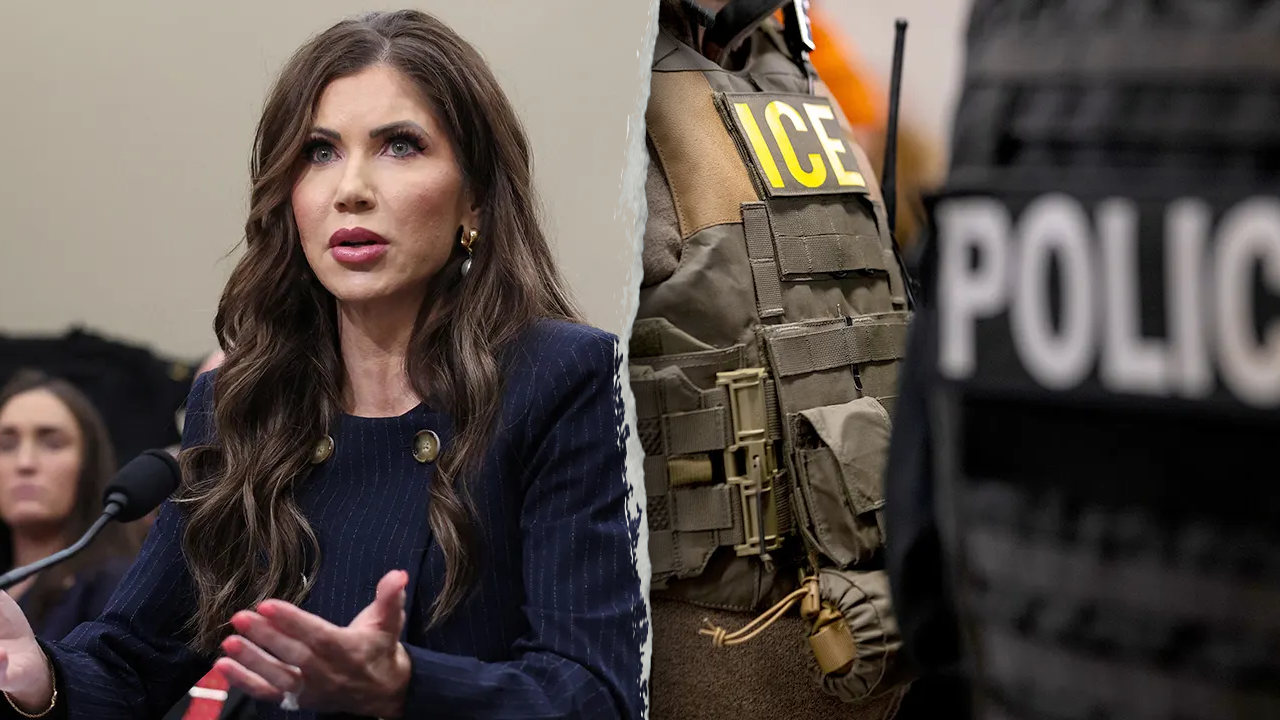A bombastic announcement from Homeland Security Secretary Kristi Noem has rattled the lead-up to Super Bowl LX, with her vow to have ICE “all over” the stadium and a sharp warning that immigrants should stay away unless they are “law-abiding Americans.” In the same breath, she sharply criticized the NFL for naming Puerto Rican superstar Bad Bunny as the halftime show act, accusing the league of being “weak” and suggesting they would “not be able to sleep at night” over his selection.

Her remarks appear calculated to politicize what is typically a cultural spectacle. Noem frames her rhetoric as ensuring safety and enforcing law, telling conservative podcaster Benny Johnson that the DHS has a responsibility to oversee both attendees and exits. She insists that the Super Bowl should remain an arena for “law-abiding Americans who love this country.”
Republican adviser Corey Lewandowski has amplified the message, declaring that ICE will be active in the Santa Clara area around the event and that no “safe haven” should exist even at the Super Bowl. He accused Bad Bunny of hating America and lambasted the NFL’s decision as “shameful.”
Bad Bunny himself has long voiced concern over ICE presence. He cited those fears when excluding the U.S. from parts of his 2025–26 tour, saying “fucking ICE could be outside [my concert].” His inclusion as Super Bowl halftime star, his first solo headline performance at the event, makes him a flashpoint in the escalating clash over culture, identity, and immigration.

Critics see Noem’s and Lewandowski’s threats as an attempt to intimidate immigrant communities and suppress attendance among audiences they view as unwelcome. Detractors argue the Super Bowl is being cast as a battleground for immigration enforcement in the name of political theater. In response, the White House has suggested there is no firm plan yet to deploy ICE in that capacity, while preserving that illegal immigrants with criminal records remain subject to removal.

As the Super Bowl approaches, the looming question is whether this will be an event defined by football and performance — or by enforcement, protest, and disruption. Disruptors from across political and cultural lines already whisper of protests, boycotts, and legal challenges. Some immigrant rights groups vow to monitor ICE presence and challenge any actions they deem unconstitutional. Meanwhile, the NFL faces an unprecedented test: how to stage a halftime show centered on cultural expression while weathering open threats of deportation enforcement and nationalist backlash.

